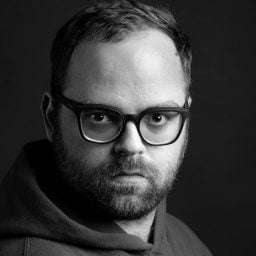Art & Exhibitions
Love the French Riviera? These Artists Did, Too
A new show at Opera Gallery celebrates artists' enduring love affair with the Côte d'Azur.
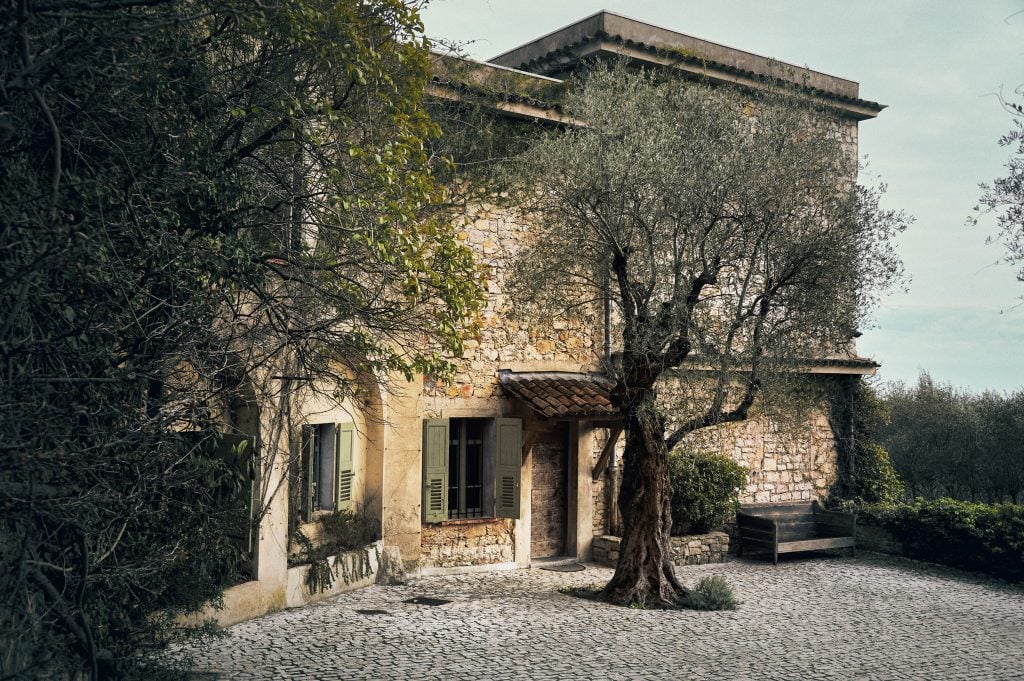
With sun-dappled landscapes and the azure allure of the Mediterranean, the French Riviera—also known as the Côte d’Azur—has seduced artists from Claude Monet to Pablo Picasso to Marc Chagall.
A new exhibition at Opera Gallery in Monaco celebrates artists’ lasting love affair with the Côte d’Azur. Under the patronage of Monaco’s Prince Albert II, the gallery will present the 35 modern and contemporary masterpieces in the new show “La Côte d’Azur, Terre d’Inspiration.”
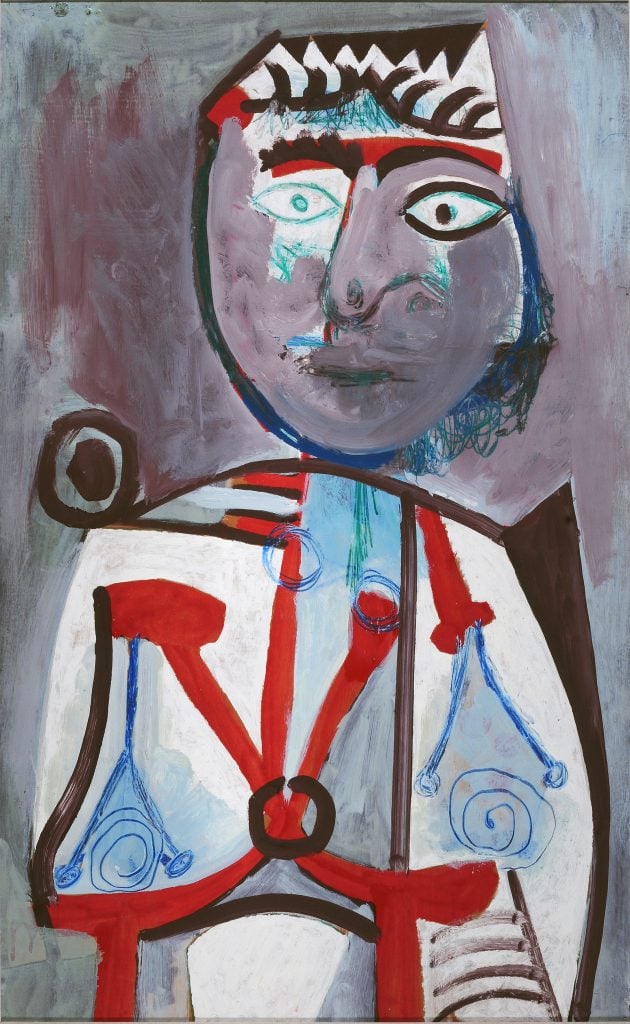
Pablo Picasso, Personnage (Homme) (1970). Courtesy of Succession Picasso via Opera Gallery.
Beyond Picasso and Chagall, artists included in the lineup are Calder, Léger, Miró, Karel Appel, Fernando Botero, George Condo, Niki de Saint Phalle, Jean Dubuffet, Hans Hartung, and Jean-Paul Riopelle. The gallery has also included some contemporary artists whose works have been “similarly energized” by the region.
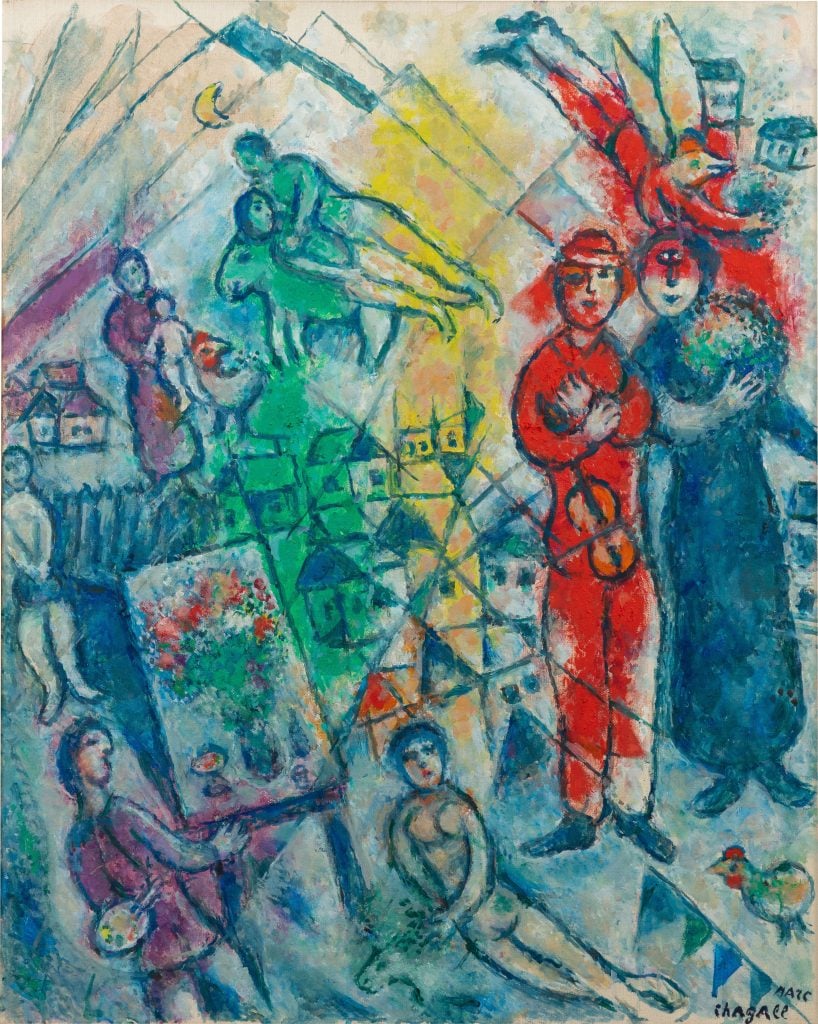
Marc Chagall, Le peintre et sa vision des couples en rouge, bleu et vert (1981). Photo courtesy of Adagp, Paris via Opera Gallery.
The area around the French Riviera was simultaneously home to Chagall, Picasso, and an aging Henri Matisse for a span of a few years beginning around 1948. Even the famed Irish-born British painter Francis Bacon intermittently lived in Monaco, the sovereign city-state in the broader region of the French Riviera.
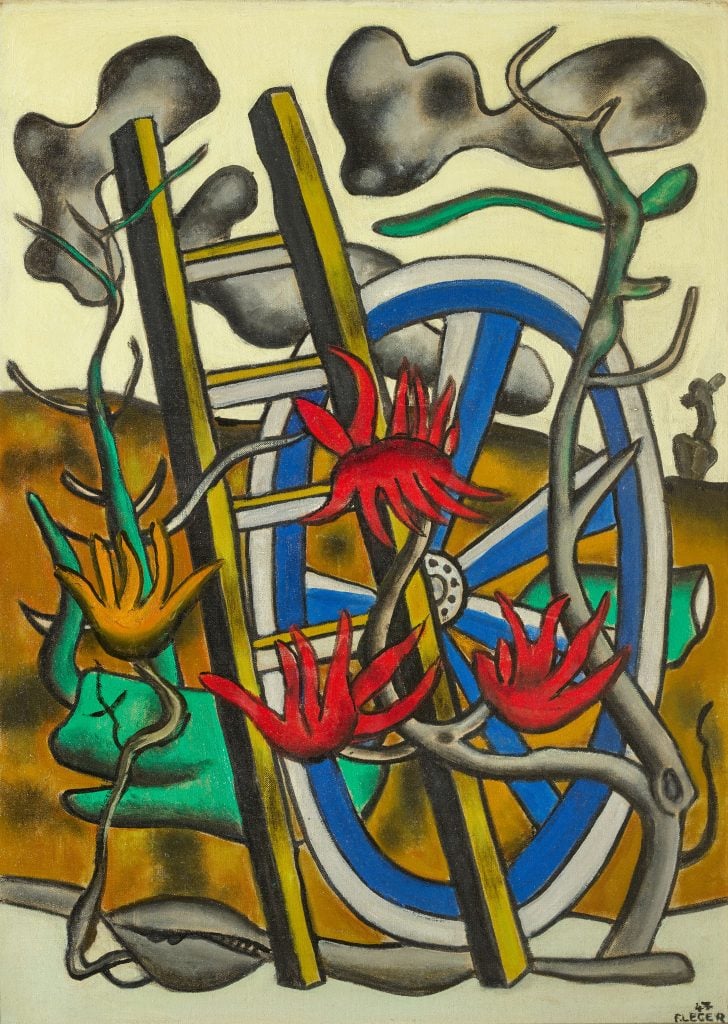
Fernand Léger. La Roue de l’échelle (1947). Photo courtesy of Adagp, Paris via Opera Gallery
Last year, nearly 100 little-seen paintings by Claude Monet spotlighting his trips to the famed locale were highlighted in an exhibition at the Grimaldi Forum Monaco. Monet first visited the region with his friend Pierre-Auguste Renoir in 1883 after the death of his wife, Camille, while on the way to visit Paul Cézanne. (Matisse, who created iconic cut-outs at the Hôtel Régina in Nice, would later meet Renoir in the Côte d’Azur.)
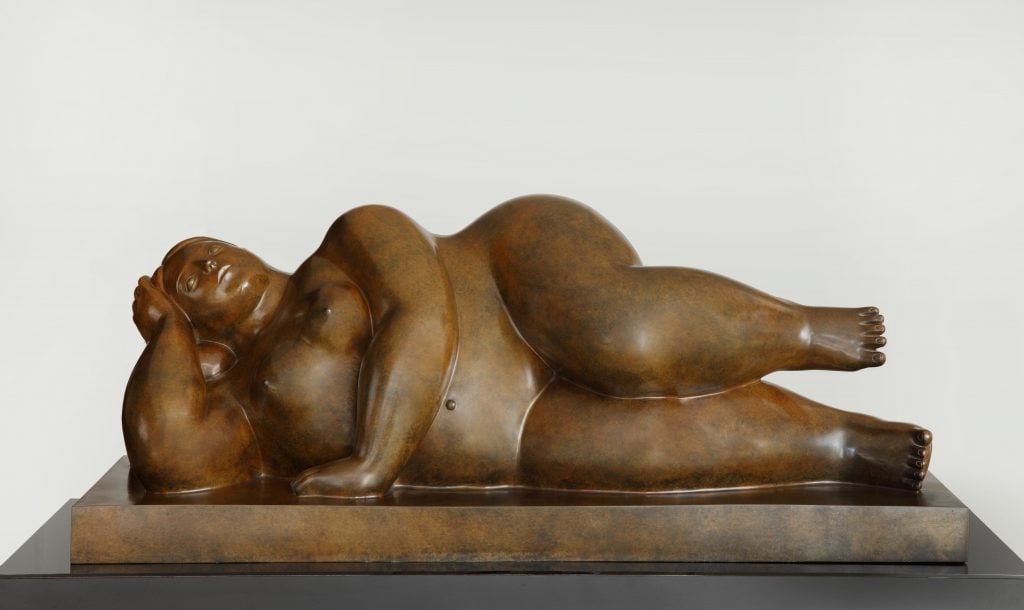
Fernando Botero. Reclining Woman (2007). Photo courtesy of Opera Gallery.
After that trip, Monet was credited as being the first major artist to popularize the region. Renoir would later purchase an estate in Cagnes-sur-Mer in the French Riviera in 1907 and spend his remaining years there. The nearby region of Provence, home to Cézanne, has likewise attracted artists such as Vincent van Gogh.
Picasso left occupied Paris to work at the Château Grimaldi in Antibes, now the Picasso Museum, for a particularly productive season in 1946. He later moved to a small town called Vallauris, known for its ceramic arts, where he became interested in pottery. Chagall, a bit of an artistic rival to Picasso, would join around 1948 after leaving New York.
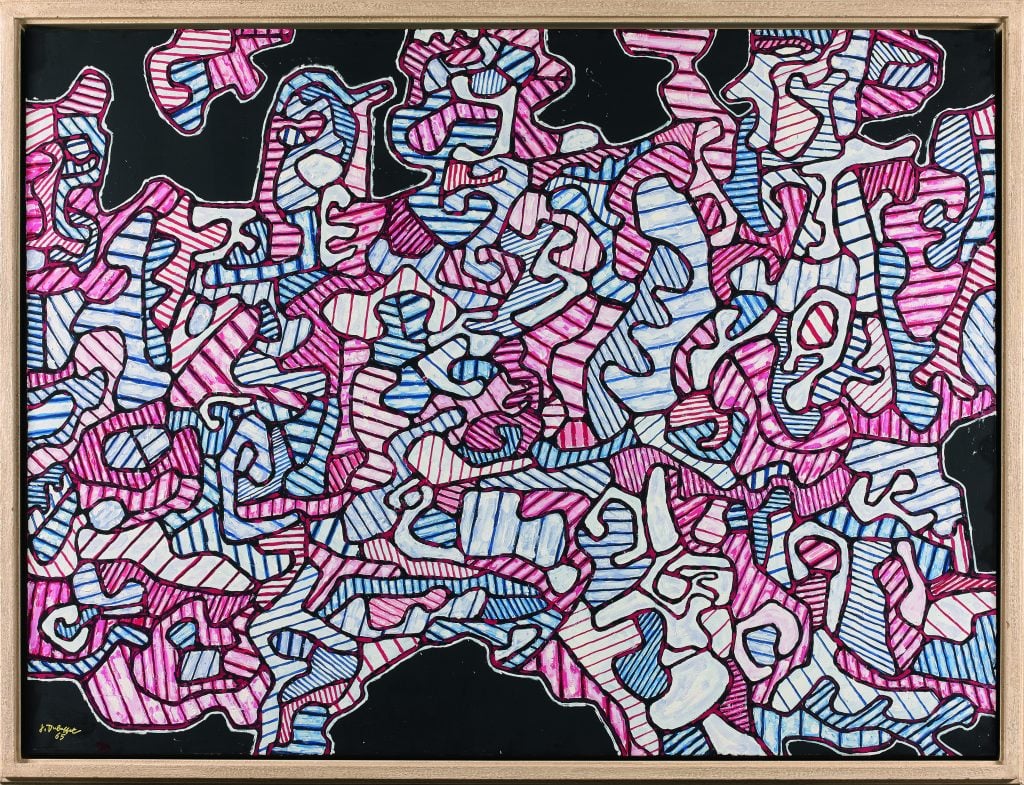
Jean Dubuffet. Passe cortège (La Procession) (1965). Photo courtesy of Adagp via Opera Gallery.
After relocating back to France, Chagall crossed paths with the likes of Fernand Léger, Alexander Calder and Joan Miró, all of whom would go on to be early exhibitors at the Fondation Maeght, which opened in the town of Vence in 1964. And Picasso’s final home, now called Château de Vie, is currently being transformed into a cultural center.
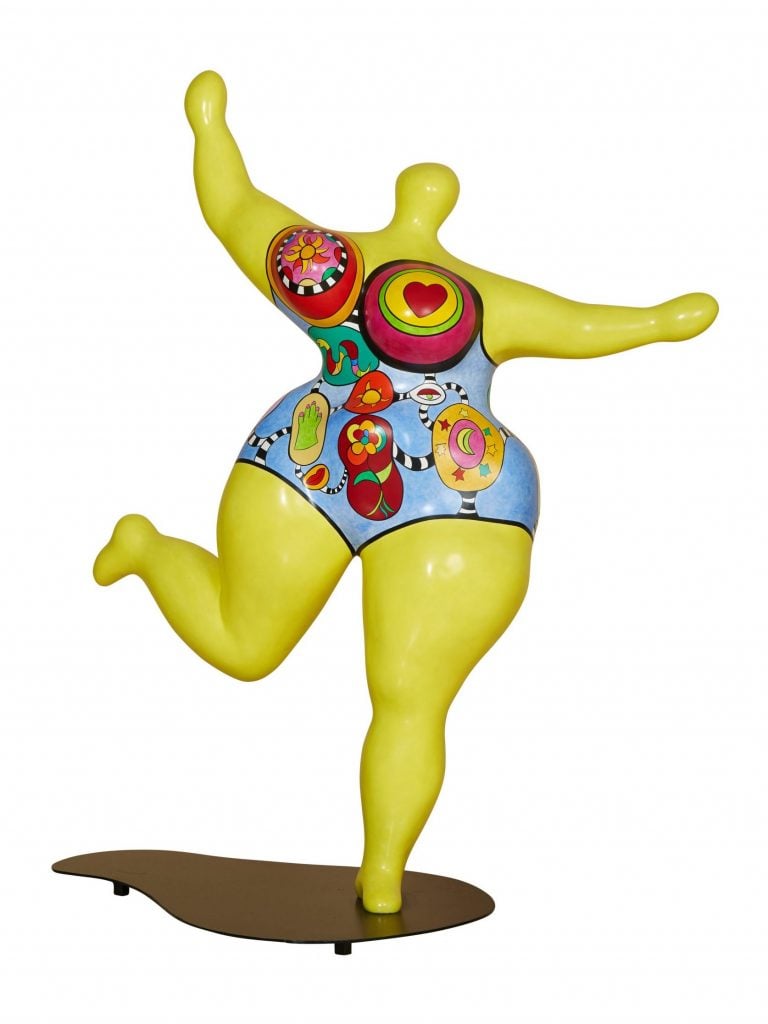
Niki De Saint Phalle, Dawn Jaune (1995). Courtesy of Niki Charitable Art Foundation via Opera Gallery.
The region has become a “place of pilgrimage” for artists seeking inspiration outside of city life, the gallery points out in a press release, even if its influence is not always immediately clear in the works on view.
“This new exhibition pays tribute to great masters of Modern and contemporary art who found their inspiration on the French Riviera, known for its exceptional light,” said gallery director Damien Simonelli. “We are excited to share these remarkable pieces with our international clientele as well as with all the Monegasques who have been loyal to us for so many years.”
“La Côte d’Azur, Terre d’Inspiration” is on view at the Opera Gallery, 1 avenue Henri Dunant Palais de la Scala, Monaco, July 3–August 31.

